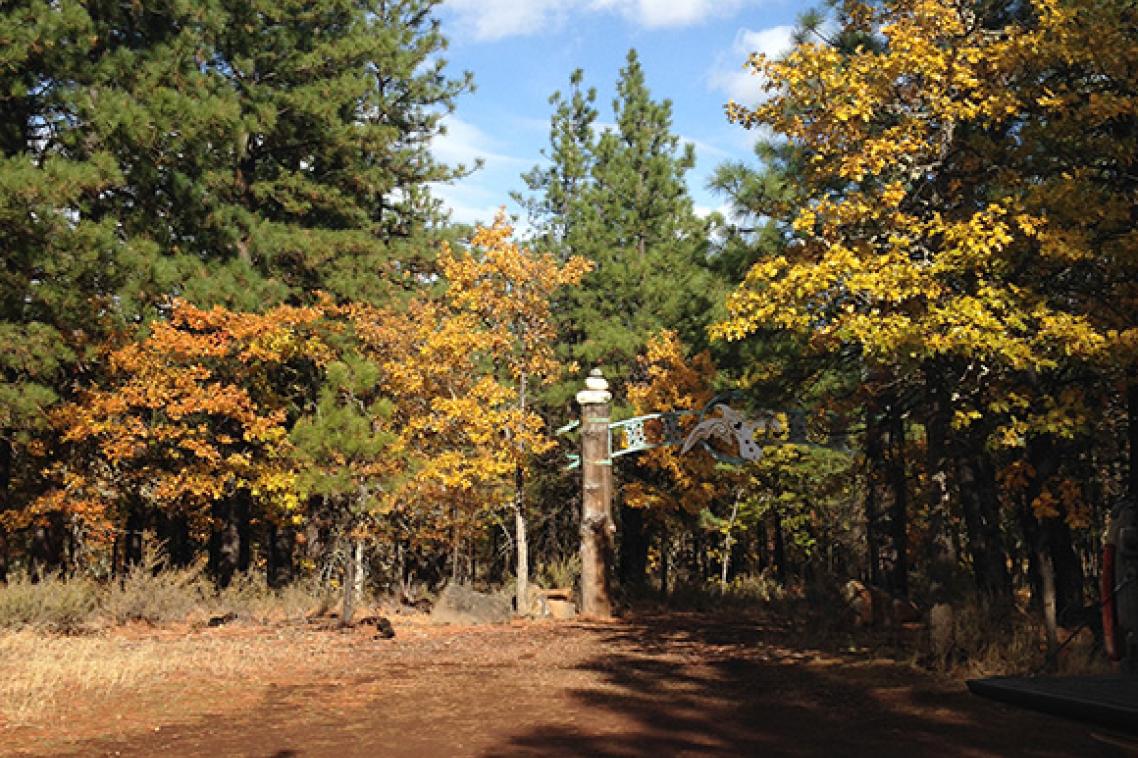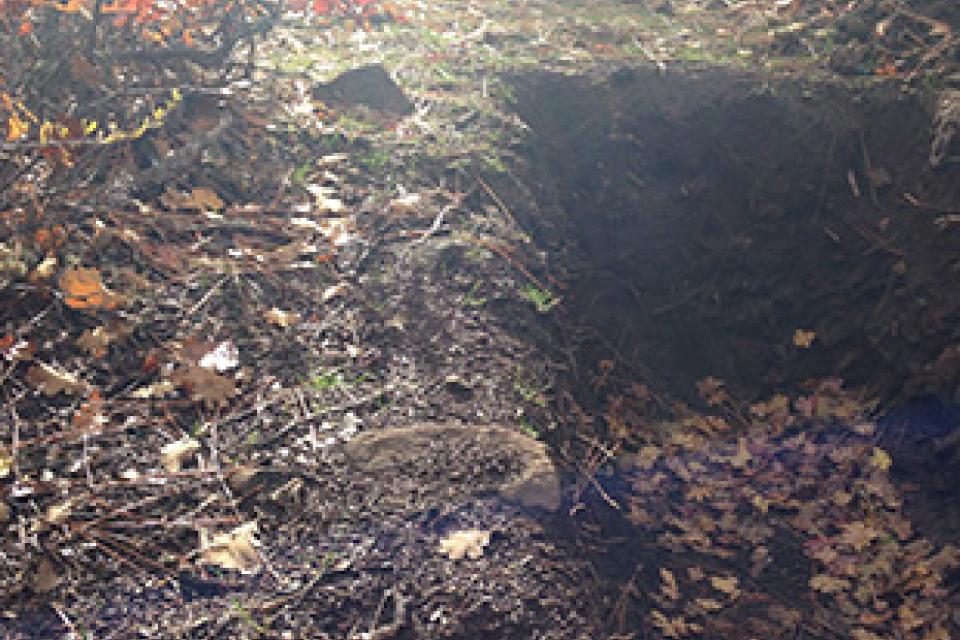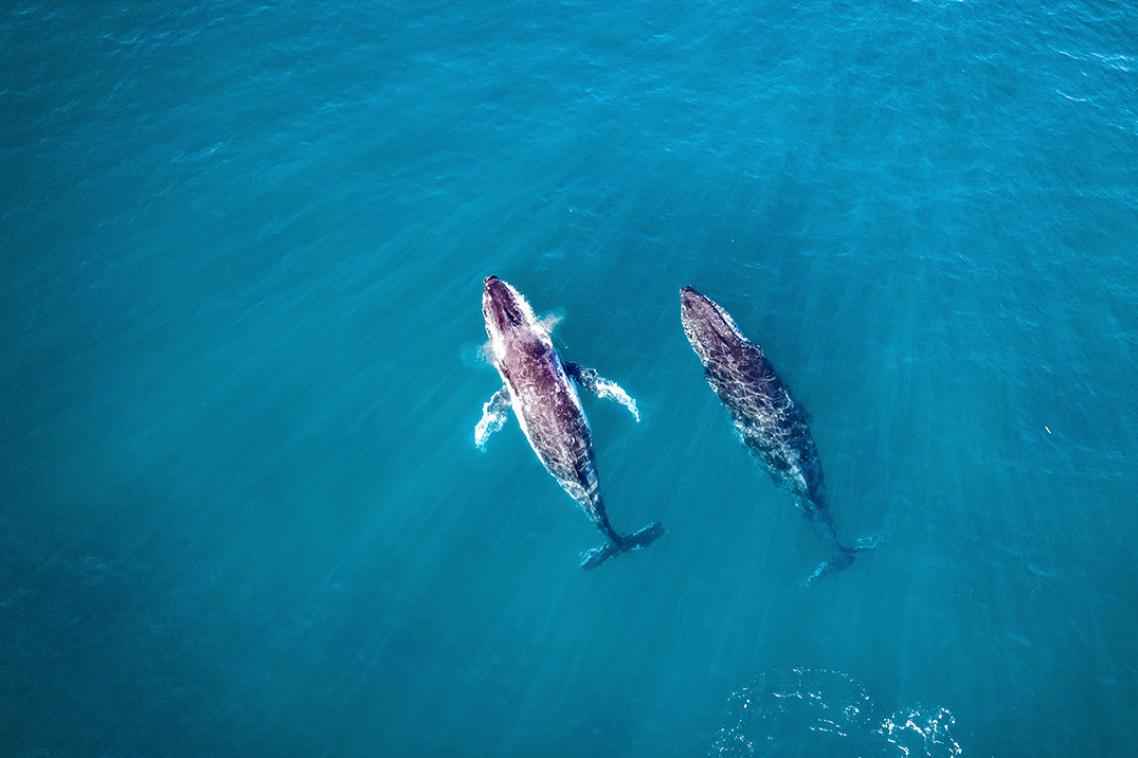Spooky conservation: Saving endangered species over our dead bodies

The secret to the survival of critically endangered wildlife could lie beyond the grave, according to a University of Queensland researcher.
The ARC Centre of Excellence for Environmental Decisions’ Dr Matthew Holden suggests revenue from human burials could fund nature reserves and parks for threatened species, effectively amounting to dead humans protecting living creatures.
Dr Holden said conservation burials’ would go a step further than natural burials which already occur throughout Australia.
“Cemeteries could do more than prevent environmental damage caused by traditional burials which use embalming chemicals such as formaldehyde and non-biodegradable materials,” Dr Holden said.
“They could improve the environment by offering conservation burials— where the burial fees are used to help buy and manage new land.
“The nature reserve could be placed in an area that specifically maximises benefits for endangered wildlife, or also in cities to increase the societal benefits of natural urban greenspace.”

“They could generate revenue that exceeds the amount of money needed to save every threatened species on the planet,” Dr Holden said.
“In the US alone, 2.7 million people die each year, with an estimated funeral revenue of US$19 billion – far more than the estimated $3-$5 billion required to protect every threatened species listed by the international Union for the Conservation of Nature.
“While not every threatened species can benefit directly from conservation burials, the hypothetical revenue demonstrates substantial potential for increased biodiversity.”
Dr Holden said Halloween was the perfect time to urge the public and government and non-government organisations to contemplate how death could support future life on earth through conservation from the grave.
“If conservation burials became as commonplace as similar types of after-death charity, such as organ donation, the biodiversity benefits would be enormous,” he said.
US conservation burial cemeteries include Honey Creek Woodlands, Georgia; Ramsey Creek Preserve, South Carolina; White Eagle Memorial Preserve, Washington; Greensprings Natural Cemetery Preserve, New York; Foxfield Preserve, Ohio; Glendale Memorial Nature Preserve, Florida; and Prairie Creek Conservation Cemetery, Florida.
The research is published in Conservation Letters.
Media: Dr Matthew Holden, m.holden1@uq.edu.au, @MattHHolden, +61 406 557 706; Dr Eve McDonald-Madden, e.mcdonaldmadden@uq.edu.au, @McMadLab, +61 7 3365 6525.
Related articles

Decades of surveys show whale migration shift

Should you consent to your doctor using an AI scribe? Here’s what you should know.
Media contact
UQ Communications
communications@uq.edu.au
+61 429 056 139
